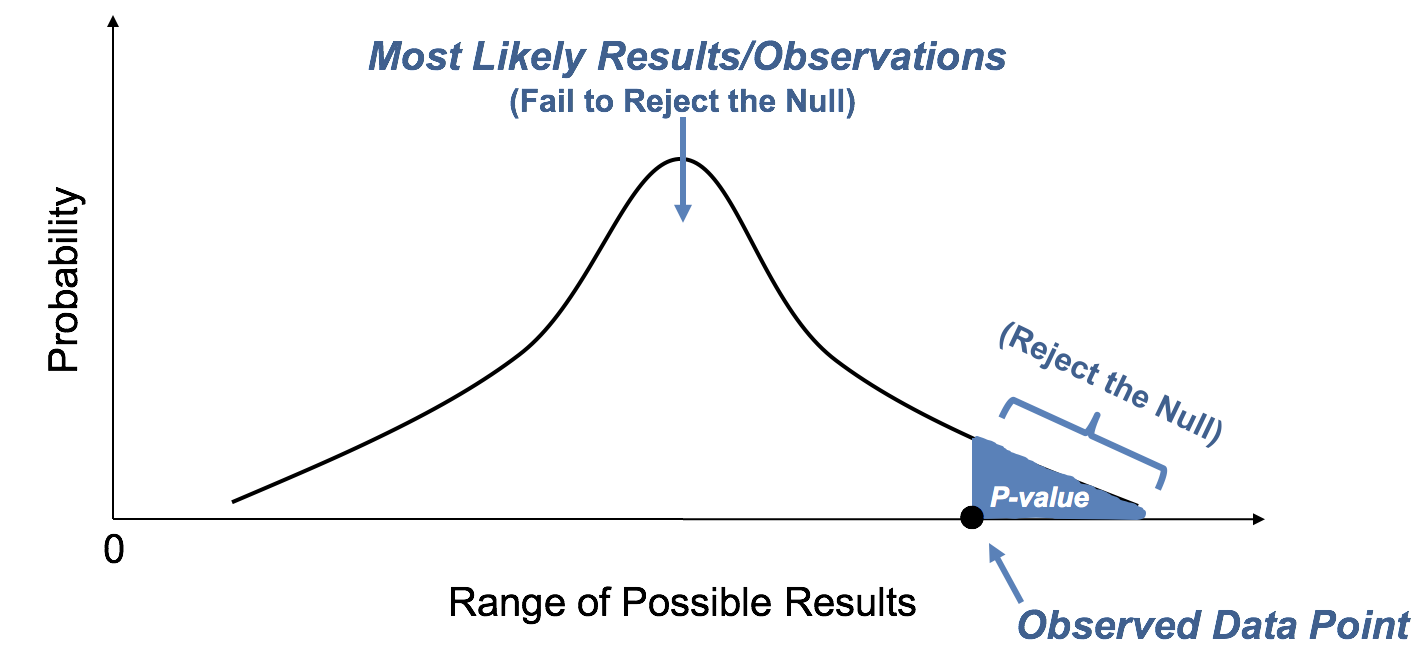Sample BCPS Question 2
A
56-year-old female presents to your clinic with the following fasting
laboratory test results: total cholesterol 218 mg/dL, triglycerides 153
mg/dL, HDL 51 mg/dL, LDL 139 mg/dL, and A1c 5.9%. She does not take any
prescription medications. She follows a heart healthy diet, does not use
tobacco products and does not drink alcohol. Her atherosclerotic cardiovascular
disease (ASCVD) risk
score is 2.3%. Her liver and kidney
function are within normal limits. Which of the following is the best recommendation for this patient?
-
Start fish oil
- Start atorvastatin 40 mg daily
- Start rosuvastatin 5 mg daily
- Initiate lifestyle changes to reduce risk
factors
Answer: D
Rationale:
- The
fourth answer choice is correct because this patient has a low 10-year ASCVD
risk score at <5%. At this point, it is important to emphasize lifestyle
changes to help reduce risk factors. A diet rich in vegetables, legume, nuts,
whole grains and fish is recommended with minimized intake of refined
carbohydrates and sweetened beverages. Adults should engage in at least 150
minutes a week of moderate-intensity, or 75 minutes a week of
vigorous-intensity aerobic physical activity.
- The
first answer choice is not necessary because this patient does not have
elevated triglycerides > 500 mg/dL to warrant fish oil therapy.
- The
second answer choice is not appropriate because atorvastatin 40 mg daily is a
high intensity statin and this patient has a low ASCVD risk score. A high
intensity statin would be appropriate if her ASCVD risk score was ≥ 20%.
- The
third answer choice is incorrect because a moderate intensity statin such as rosuvastatin
5 mg daily can be considered when the ASCVD risk score is between 5% and 20%.
High-Yield Core Concept:
- For adults age 40-75 and LDL-C of 70–189 mg/dL without diabetes, a 10-year ASCVD risk score is needed to determine
therapy. If the 10-year ASCVD risk is > 5% with risk enhancers
present, risk discussion regarding moderate intensity statin therapy is
appropriate. If the 10-year ASCVD risk is > 20%, initiate high
intensity statin therapy to reduce the LDL-C by > 50%.
High-Yield Fast Fact(s):
- Examples of ASCVD risk enhancers include: family history of premature ASCVD, elevated
LDL-C >160 mg/dL, chronic kidney disease, metabolic syndrome, pre-eclampsia,
premature menopause, inflammatory disease (rheumatoid arthritis, psoriasis,
HIV/AIDS), and South Asian ethnicity.
Reference:
-
J Am Coll Cardiol. 2019 Sep 10;74(10):1376-1414.





